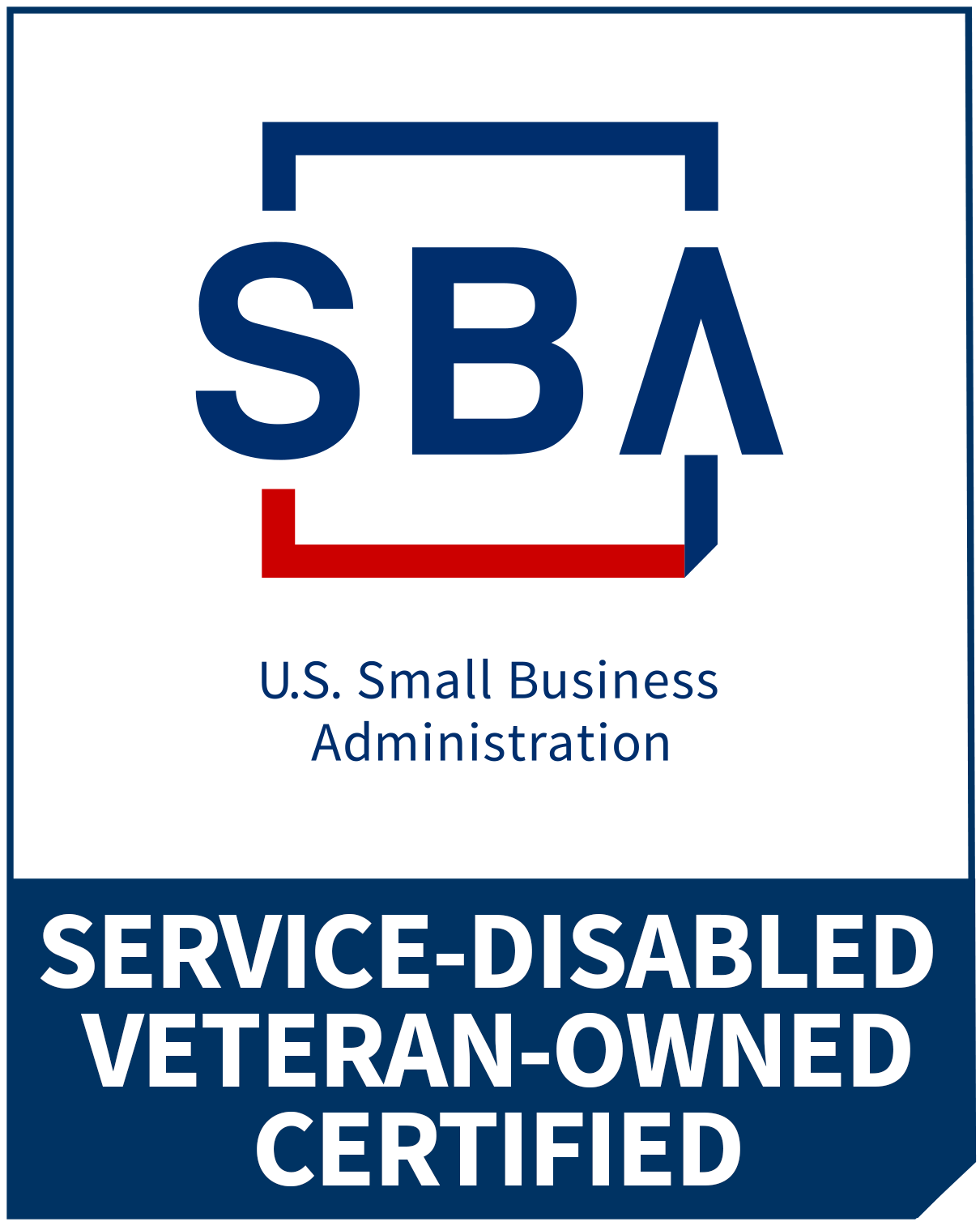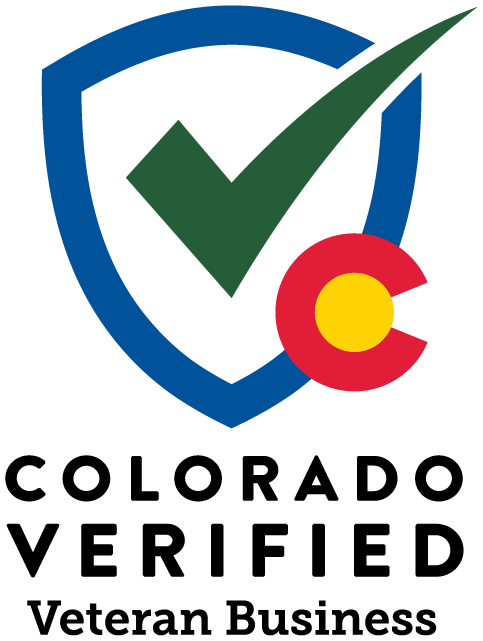Having spent a lot of time in education—corporately doing plenty of L&D work, having had lots of clients delivering workshops and such, and of course as a professor—I’m intrigued by how folks learn. What’s lost on a lot of educators, unfortunately, I’ve found, is the purpose of education in the first place.
Now, I don’t mean ‘capital-E’ “Education”, in the sense of higher-level pedagogical high-falutin’ smart-guy how-to-teach-people stuff (as its own profession, say). Rather, I mean in-front-of-a-class-all-day, getting-stuff-across-to-people-so-they-can-do-stuff-type work. It’s in that longer-defined latter sense that I think people in the former view miss the real reason we want people to learn: Not simply to have knowledge, but rather, so they can use what they’ve learned.
Anyway, this occurred to me recently when I ran across a new (to me) concept called Shu Ha Ri.
I’ve always guided myself as a teacher by a couple similar (and related) phrases:
- Use the tools, don’t let the tools use you; and
- It’s okay to do it wrong, as long as you’re doing it right.
(If you know me or have ever sat through a class I’ve taught, you’ve heard me use either of both of those a lot.)
Well, Shu Ha Ri embraces this philosophy to a T.
(It’s always gratifying when something you think you’ve thought of has actually been around forever.)
Here’s (a way too over-simplified version of) how it works:
Shu is all about knowing the muscle-movements, sometimes even without knowing why they work or how they work together. (Think, “wax-on, wax-off.”)
Ha is a deeper understanding about how the muscle movements work together and how they can be used for not just collaborative purposes, but even on their own for multiple different purposes. (To stretch the Karate Kid reference, remember when Mr. Miagi showed Daniel how to use “wax-on, wax-off” to block punches?)
Ri is about, having mastered the physical movements and understanding how they fold into a bigger picture, making them your own and starting to work ‘outside the box’, based on those grounded (and well-understood and respected) fundamentals. (Stretching the analogy to the near-breaking point, we fast-forward to Netflix’s Kobra Kai, and Daniel opens his own dojo with Johnny, blending two different methods of fighting. I know, I talk about this too much.)
Having taught things like Calculus, statistics, Lean Six Sigma, Agile/Scrum Project Management, and many many more, I’ve always leaned on those two phrases I mentioned above. And that’s because (to get back to my original point), my purpose has always been to send folks back to work (or out into the world) with something they can use and apply. Spending time teaching undergrads math and stats, I get the “when will we ever need any of this” all the time. When we’re teaching something (anything!), that utility should always be near the forefront of our minds.
If all we’re doing is teaching the Shu (here’s how you do this stuff, step-by-step…just memorize it and do it over and over again), it should be no surprise when our students disengage and even fail to retain anything we show them. But it’s not enough just to try to come up with other ways to relate how to impart the same content: It’s about moving to the next levels.
We have to get to the Ha: Here’s what it means…here’s where it fits in. When you do this, then that happens as a result. Notice, if we do it a slightly different way, we get a slightly different result (or perhaps we just look at the result from a different angle). The Ha step allows someone learning something new not just a different perspective, but also a way to own what he or she is learning. I get this a lot in corporate settings when someone says something like, “Oh, our team did that once, but we used this other thing to accomplish it…it’s similar,” or, “We’ve done that, but that’s not what we called it.” Folks are now relating.
The Ri is where the training wheels come off altogether. Just as with Chesterton’s gate, people who know not just what to do and how to do it, but also why it’s done a certain way (i.e., what it’s supposed to accomplish) have the tools and the spirit to take that knowledge and slip surly bonds. I’m always impressed when someone I’ve shown something takes it in unexpected and completely new directions. That’s learning!
How does this relate to CX?
Well, I’ve learned a lot from teaching in the MS-CXM program. I’ve had students who are front-line workers and students who are executives. My fellow Professors of Practice are phenomenal (Talk about learning! I’ve done a lot!). We have to learn the fundamentals (listen to your Customers to learn where you’re falling short on of Brand Promise…then fix it!). Then we have to learn how it fits in (when we drive Brand Promise Alignment, our Customers come back and spend more with us). And finally, we can make it our own (how do you “do CX” in your company? I can’t wait to find out…)





